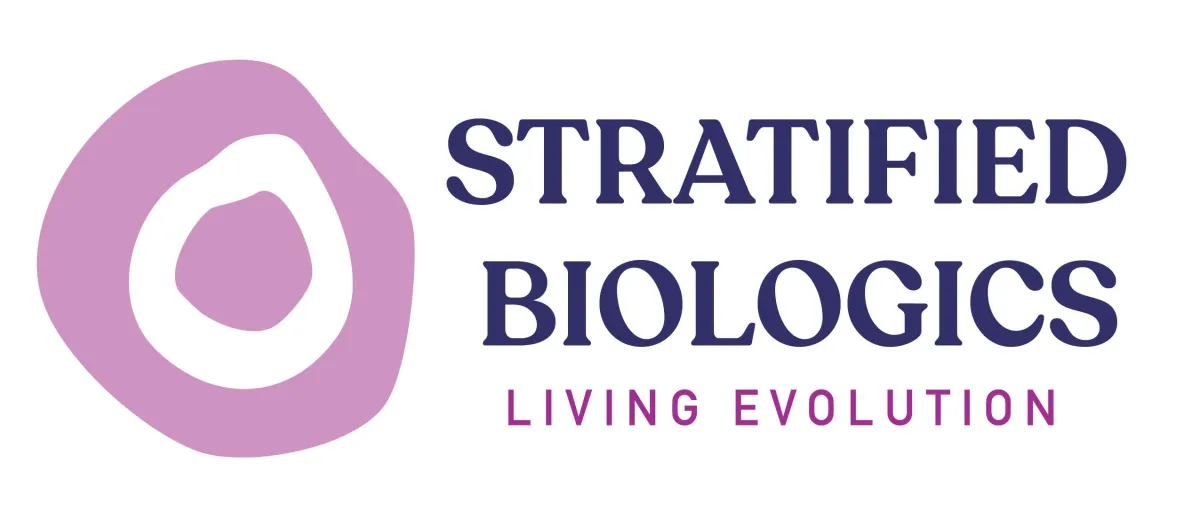

Activate™ (Q4301)
Activate™ Placental-Derived Allograft is comprised of the amniotic and chorionic membranes, and includes the intermediate (spongy) layer of the placenta. This product is designed as an innovative solution to serve as a barrier or wound cover across a spectrum of clinical needs. Leveraging the structural and biochemical properties of placental tissue, including extracellular matrix proteins, growth factors, and anti-inflammatory cytokines, Activate™ offers a comprehensive biologic approach for a variety of acute or chronic wound applications.
PLACENTAL TISSUE
Placental tissue, previously considered biologic waste following delivery, is a pristine, newly formed extracellular matrix (ECM) replete with growth factors and cytokines produced to protect and support fetal development. Therefore, this tissue represents an untainted extracellular matrix—essentially a neomatrix.
BENEFITS
Research and clinical studies going back over a century have exhibited the beneficial effects of utilizing human placental tissue to manage various types of wounds due to injury, disease, or surgical intervention. These studies have indicated several beneficial properties of the placental tissue, including serving as a protective wound barrier or cover, anti-microbial effects, and anti-inflammatory effects, among others (3,4).
DESCRIPTIONS OF LAYERS
Broadly, placental tissue includes an internal or fetus-facing amnion and an external or maternal-facing chorion. The physical and biochemical properties of the two primary membranes are subtly different owing to the position they occupy in the placenta. The amnion is a thinner yet more compact layer of extracellular matrix, while the chorion is a slightly thicker but less compact matrix. Both layers are constituted of collagen fibers (predominantly Types I, III, IV, and V), along with other ECM proteins (including laminin, fibronectin, proteoglycans, and hyaluronic acid) plus numerous growth factors and cytokines (3).
Properties
ALL-NATURAL BIOLOGIC WOUND COVERING
The placental membrane is a newly formed extracellular matrix produced during pregnancy. In this role, the membranes play a critical role in cushioning and forming a protective barrier around the developing fetus. Further, the placental membrane acts as a filter for water, soluble materials, and bioactive molecules present in the amniotic fluid (5).
ANTI-INFLAMMATORY
Placental membrane products have been shown to be immune privileged due to a significant decrease in Major Histocompatibility Complex (6) and Human Leukocyte Antigens (HLA) (7,8).
CELL SIGNALING AND BIOLOGIC FACTORS
The placental membrane extracellular matrix also functions as a binding site for a number of cell signalingcytokines and growth factors including bFGF, EGF, HA, TGF-beta, IL-1, 6 & 10, PDGF, MMPs andTlMPs (9,10,11,12).
REFERENCES:
1. Sinno, Prakash. Plast Surg Int. 2013:146764.
2. Spoerl, et al. Ophthalmic Res. 2004;36(2):71-7
3. Martin, et al. Encyclopedia of Reproduction, 2018;3:387-398.
4. Mamede, et al. Cell Tissue Res. 2012, 349:447–458.
*Based on published studies; not specic to PalinGen Amniotic Membranes
Ready to find out more about Amnio-Maxx®?
If you are interested in Amnio-Maxx®, please email info@stratifiedbiologics.com or click the button to the right to learn more!

At Stratified Biologics, our vision is to be a global leader in biotechnology, developing solutions that have a positive impact on human health and the environment.
9:00am – 5:00pm Monday - Friday
Closed Saturday - Sunday
© 2025 Stratified Biologics - All Rights Reserved